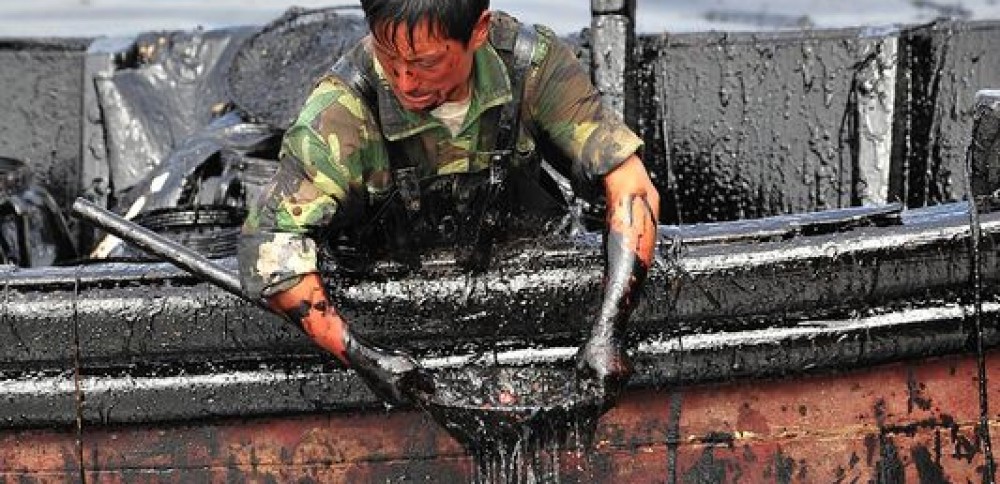Oil spills generally refer to the release of a liquid petroleum hydrocarbon into the marine environment that usually results from human activities. Such human activities may involve the releases of crude oil from tankers, drilling rigs and wells, the spills of petroleum products from large vessels such as cargo ships as well as spills caused by collisions of the vessels.
Oil spills can happen as a result of accidents, natural events like hurricanes and earthquakes and other times, deliberate spills by terrorists, countries at war, illegal dumpers and vandals. Although the nature of oil spills is broad, ranging from marine area to land, marine oil spills are most common and highly destructive to the marine environment and the marine life it supports. The majority of oil spill incidents are in fact, operational discharges from normal tank operations. They occur during oil tank and cargo cleaning as well as deballasting, which refers to the process by which sea water is taken in and out of the ship when the ship is at sea or at the port. Apart from these, oil spills as a result of accidents involving tankers, containerships, refineries and storage facilities are also very common.
Oil floats on the ocean because it is less dense than saltwater. It is possible for very heavy oil to sink although it is rare. One-third of the oil spilled usually evaporates in the first 1-2 days and these are the portions that are most soluble, toxic and flammable. The oil would spread out quickly across the ocean surface to form a thin layer commonly known as oil slick.
Oil spills have profound implications on the environment, in particular the marine environment which they have direct contact with. Humans are not spared from these tragedies of oil spills either, with oil spills affecting their livelihood, lifestyle practices as well as their economies. Feel free to explore these implications under the section of Impacts of oil spills in Singapore on this blog.
So what exactly are the statistics involving oil spills at a global context? If we were to consider all sources including the natural seepage of oil from ocean floor as well as other human activities, oil is added to the world’s waterways at an astounding rate of 3.5 to 6 million metric tons annually!
